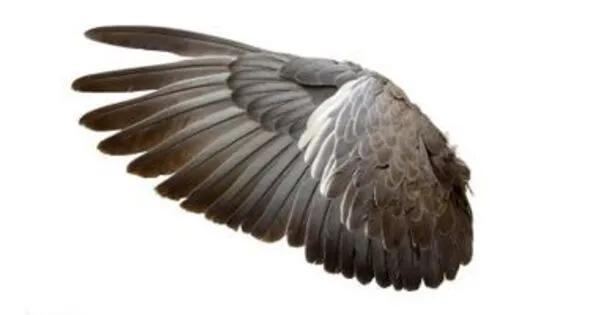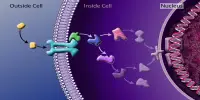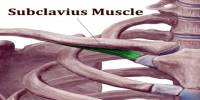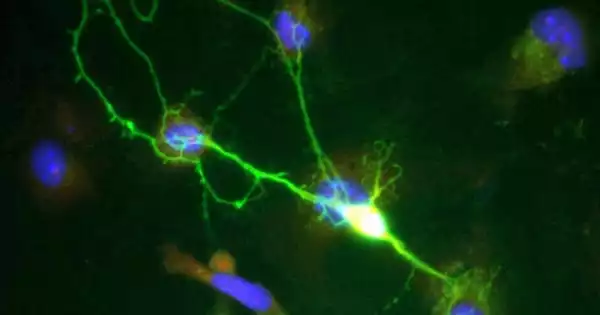The evolution of birds and the development of their wings is a complex process that took millions of years. While there is still some scientific debate and speculation surrounding the details of how birds got their wings, there are several theories that have gained widespread acceptance based on available evidence.
Modern birds that can fly all have a specialized wing structure called the propatagium, without which they cannot fly. This structure’s evolutionary origin has remained unknown, but new research suggests it evolved in nonavian dinosaurs. The finding comes from statistical analyses of arm joints preserved in fossils and helps fill some gaps in knowledge about the origin of bird flight.
We’ve known for a long time that modern birds evolved from certain lineages of dinosaurs that lived millions of years ago. This has led researchers to look to dinosaurs to explain some of the characteristics unique to birds, such as feathers, bone structure, and so on. But there’s something special about the wings of birds in particular that piqued the interest of researchers at the University of Tokyo’s Department of Earth and Planetary Science.
“At the leading edge of a bird’s wing is a structure called the propatagium, which contains a muscle connecting the shoulder and wrist that aids wing flapping and allows bird flight,” Associate Professor Tatsuya Hirasawa explained. “It is not found in other vertebrates, and it has also been discovered to have vanished or lost its function in flightless birds, which is one of the reasons we know it is required for flight. To understand how flight evolved in birds, we must first understand how the propatagium evolved. This is what prompted us to investigate theropod dinosaurs, distant ancestors of modern birds.”
Dinosaurs portrayed in popular media are becoming more and more accurate. At least now we get to see features like feathers, but I hope we can see an even more up-to-date representation soon where theropods have their propatagium too.
Tatsuya Hirasawa
Tyrannosaurus rex and Velociraptor, for example, had arms rather than wings. If scientists discover an early example of the propatagium in these dinosaurs, it will help explain how the modern avian branch of the tree of life evolved from arms to wings. However, because the propatagium is made up of soft tissues that do not fossilize well, if at all, direct evidence may be impossible to find. Instead, the researchers had to devise an indirect method of determining the presence or absence of a propatagium in a specimen.
“The solution we came up with to assess the presence of a propatagium was to collect data about the angles of joints along the arm, or wing, of a dinosaur or bird,” said Yurika Uno, a graduate student at Hirasawa’s lab. “In modern birds, the wings cannot fully extend due to the propatagium, constraining the range of angles possible between connecting sections. If we could find a similarly specific set of angles between joints in dinosaur specimens, we can be fairly sure they too possessed a propatagium. And through quantitative analyses of the fossilized postures of birds and nondinosaurs, we found the telltale ranges of joint angles we hoped to.”

Based on this clue, the team found that the propatagium likely evolved in a group of dinosaurs known as the maniraptoran theropods, including the famous Velociraptor. This was supported by the discovery of the propatagium in preserved soft tissue fossils of the feathered oviraptorosaurian Caudipteryx and the winged dromaeosaurian Microraptor. All of the specimens they discovered predated the evolution of flight in that lineage.
This study determines when the propatagium first appeared, which leads researchers to the next question of how it came to be. Why these specific theropod species needed such a structure to better adapt to their environment may be a more difficult question to answer. The team has already begun looking into possible links between the fossil evidence and embryonic development in modern vertebrates to see if they can shed any light on it. The team also believes that some theropods evolved the propatagium not because they were under pressure to learn to fly, but because their forelimbs were designed for grasping objects rather than flying.
“Dinosaurs portrayed in popular media are becoming more and more accurate,” said Hirasawa. “At least now we get to see features like feathers, but I hope we can see an even more up-to-date representation soon where theropods have their propatagium too.”
















